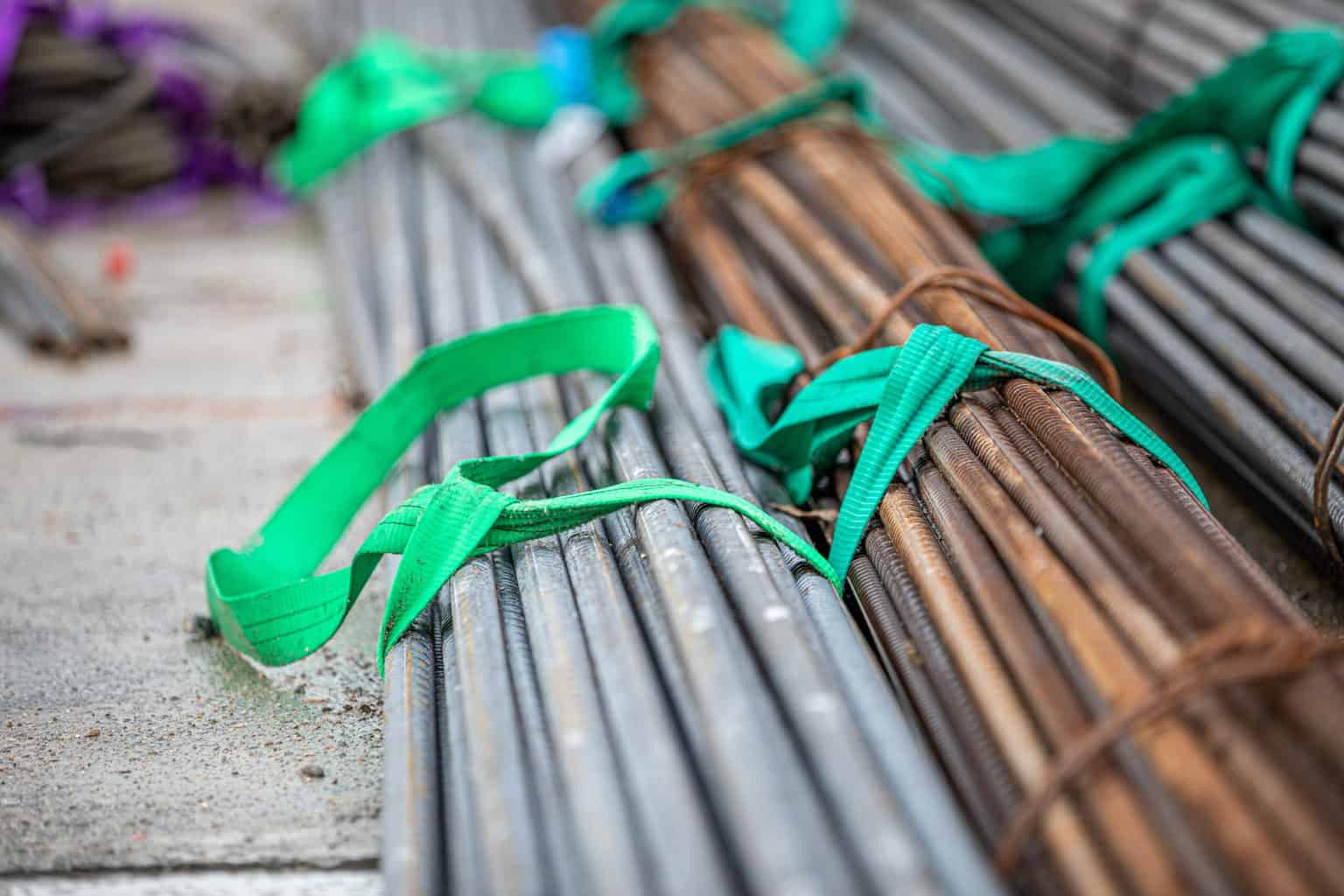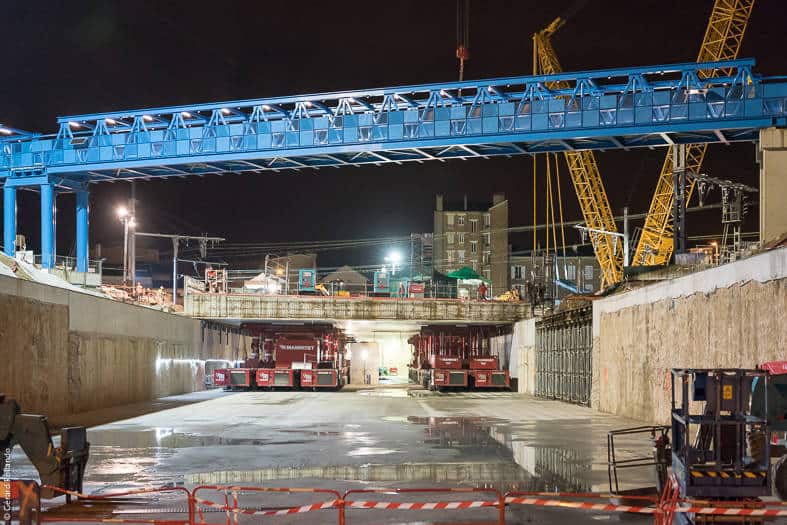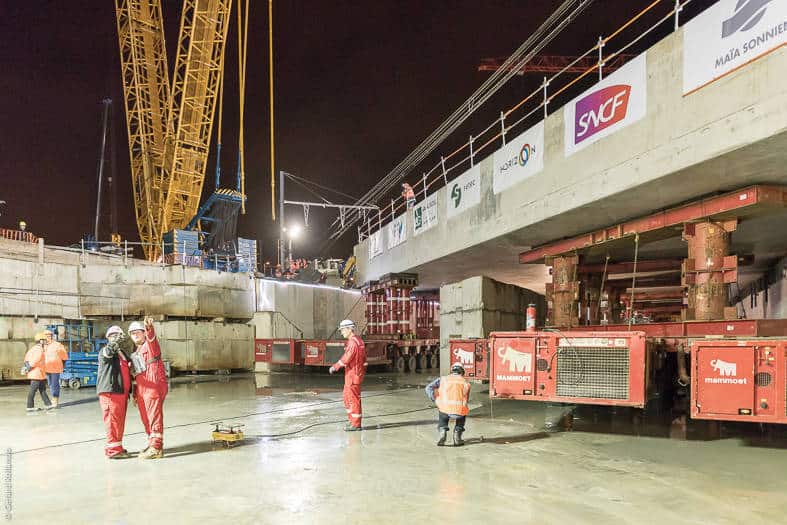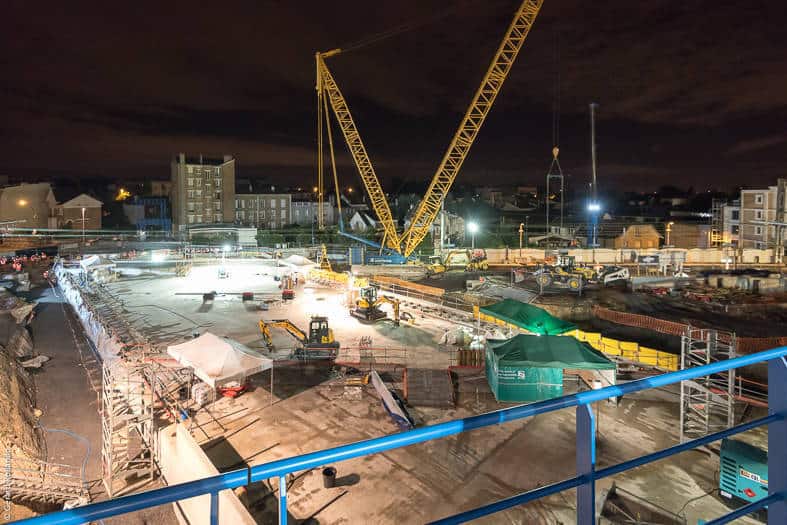
Fort d’Issy-Vanves-Clamart: slipping the giant slab into place
3 minutes of reading
The Fort d’Issy-Vanves-Clamart station took a crucial step in the night of 12-13 August: the 7,000 tonnes of concrete forming the roof were slipped briskly into place by Bouygues Travaux Publics teams.
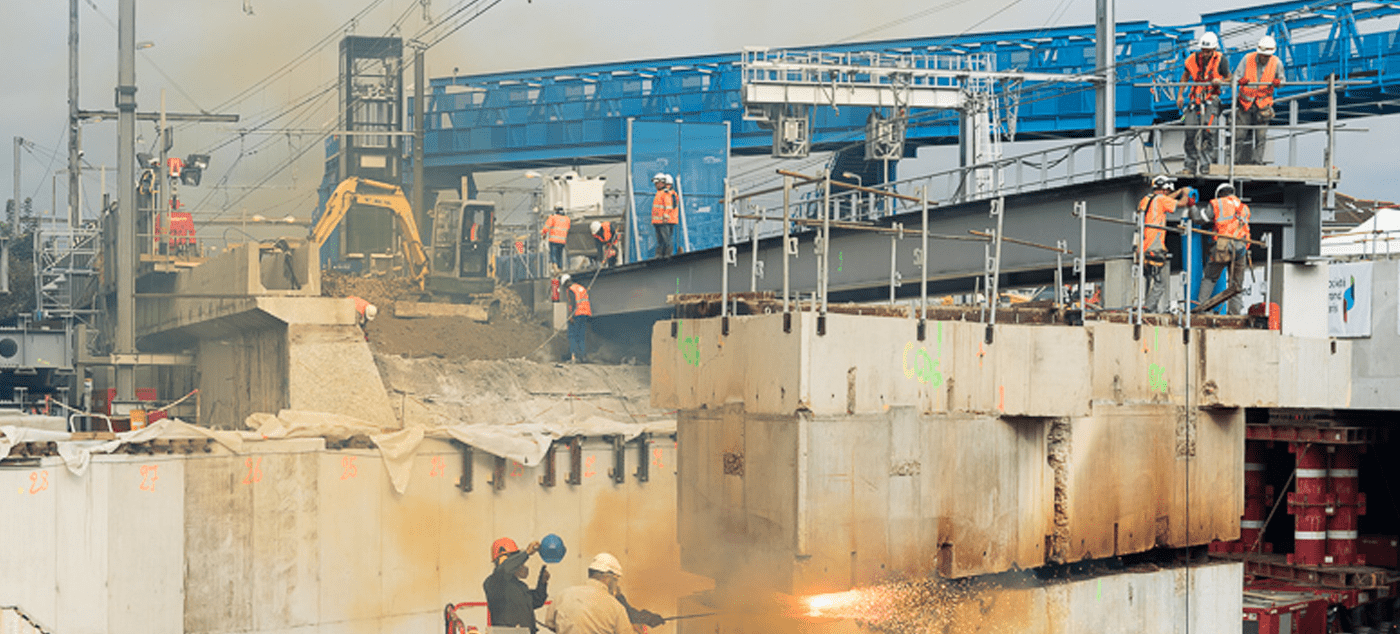
Mission accomplished! Constructed by Bouygues Travaux Publics in a consortium with Soletanche Bachy, the station roof of future line 15 South of the Grand Paris Express, situated at the junction of Issy-les-Moulineaux, Vanves, Clamart and Malakoff, was installed on Sunday 13 August. This represented a considerable feat as, a few hours previously, the 7,000-tonne concrete slab was still lying sixty meters from its final location. A meticulous operation ensured that the slab was moved from its construction site and slipped into place, like a lid, above the new station currently under construction.
No halt in train traffic throughout the works
80 metres long and 25 metres wide, the roof was constructed separately from the rest of the building. The worksite was split in two to ensure that Transilien line N could continue to operate throughout the works. The new transport hub is located beneath the railways of the current station in Clamart. As a result of two provisional rail bridges located in January by French Rail (SNCF), a 6-metre high space was created under the rails. This gap was sufficient to complete the diaphragm walls making up the envelope of the future station. The roof had, however, to be slipped on to cover the “box”, a process which clearly required rail traffic to be suspended.A race against time
Consortium project manager Laurent Mareuge talks of this race against the clock: “The date of 13 August 2017 for slipping the roof into place was decided on three years ago by SNCF, before the works were even underway. We simply had to be ready for this date. The trickiest part was to complete the diaphragm walls on time. As a result, teams relayed each other 24/24 for two months“. The deadline was met. On 12 August, rail traffic was halted for four days to remove rails and metal bridges. Carried out by the Mammoet company under the supervision of Bouygues Travaux Publics, the slipping-on operation could begin. It took just three hours. Forty-two multi-wheel self-propelled trucks with a metal support structure moved the enormous roof and slipped it onto the diaphragm walls. The last stages of the operation consisted in sealing the structure and installing the final rail lines directly onto the slab. On Wednesday 16 August, it was travel as usual for line N users, unaware that, under the Transilien’s wheels, work was continuing.The next stages
The worksite is, however, far from being over. “We shall now be focusing on layout of the future station, explains Laurent Mareuge. Up to June 2019, our teams will be digging to clear the interior and construct the various levels. Then we shall be leaving the site until October 2020“. Meanwhile, TBMs from the east and west will be making their way towards the station where they will meet to create the two railway exits. Line 15 South of the Grand Paris Express is scheduled for opening in 2022.Most read
More reading
Read also

Article
20 minutes of reading
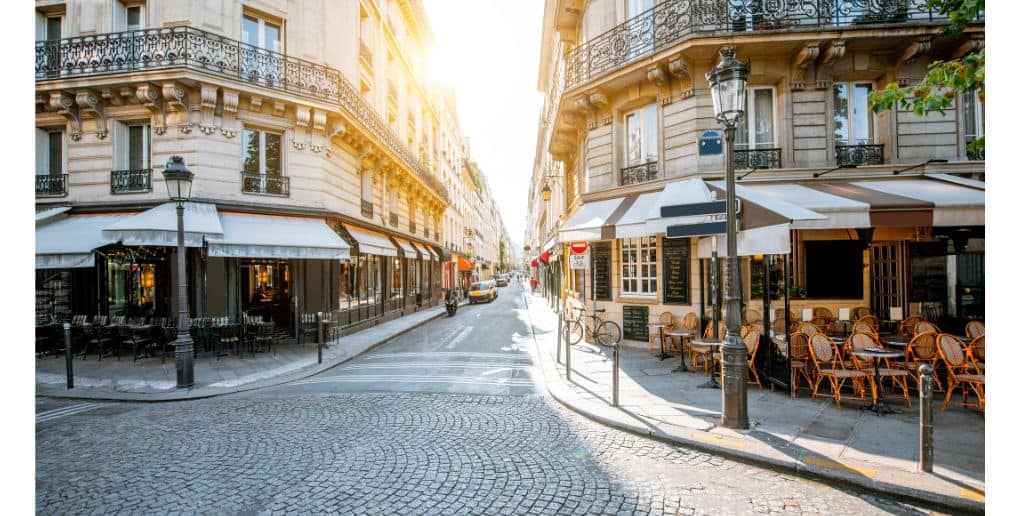
Energy
in partnership with


‘Paris at 50°C’: a fact-finding mission to prepare Paris for future heatwaves
Article
2 minutes of reading
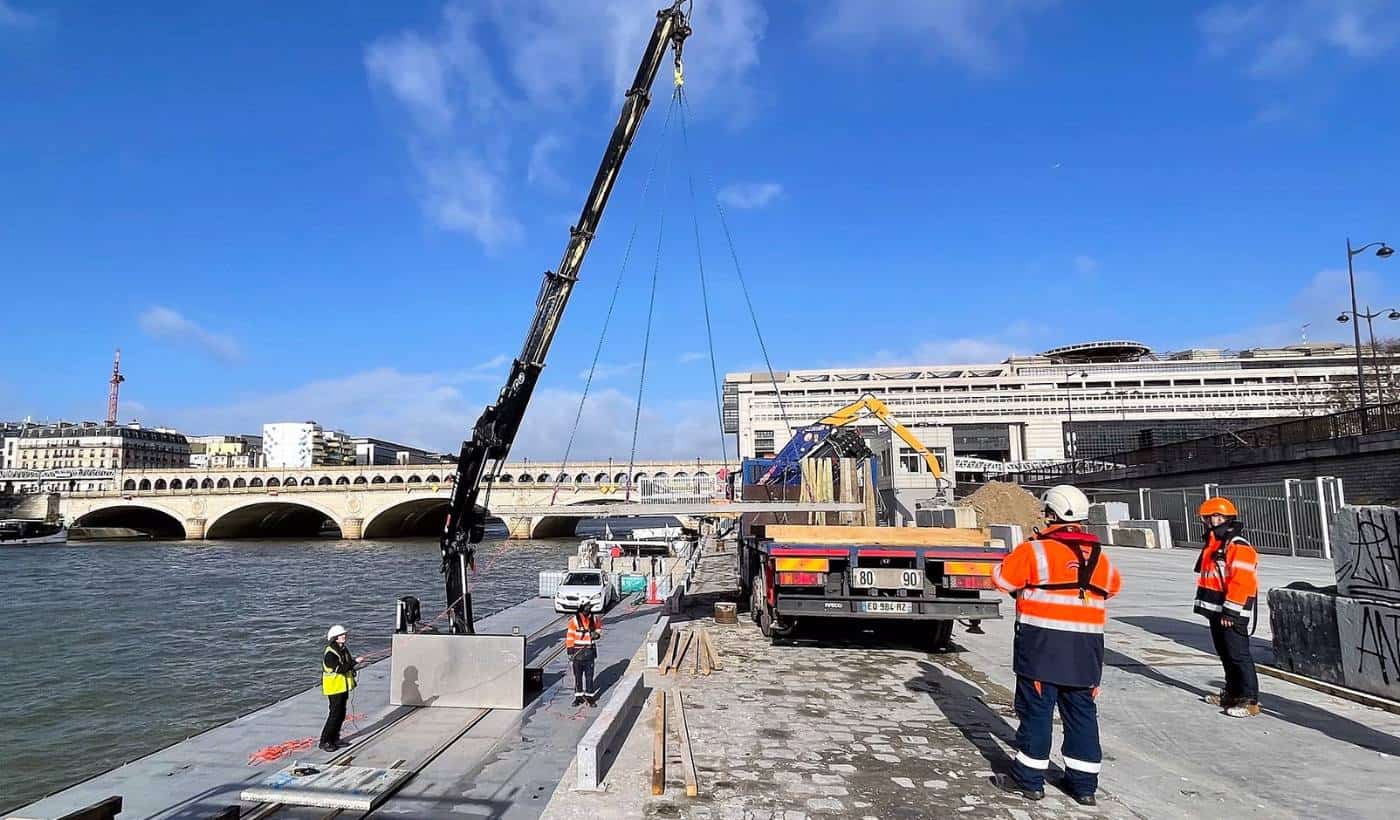
What if your sites were supplied via rivers instead of roads?
Article
3 minutes of reading
